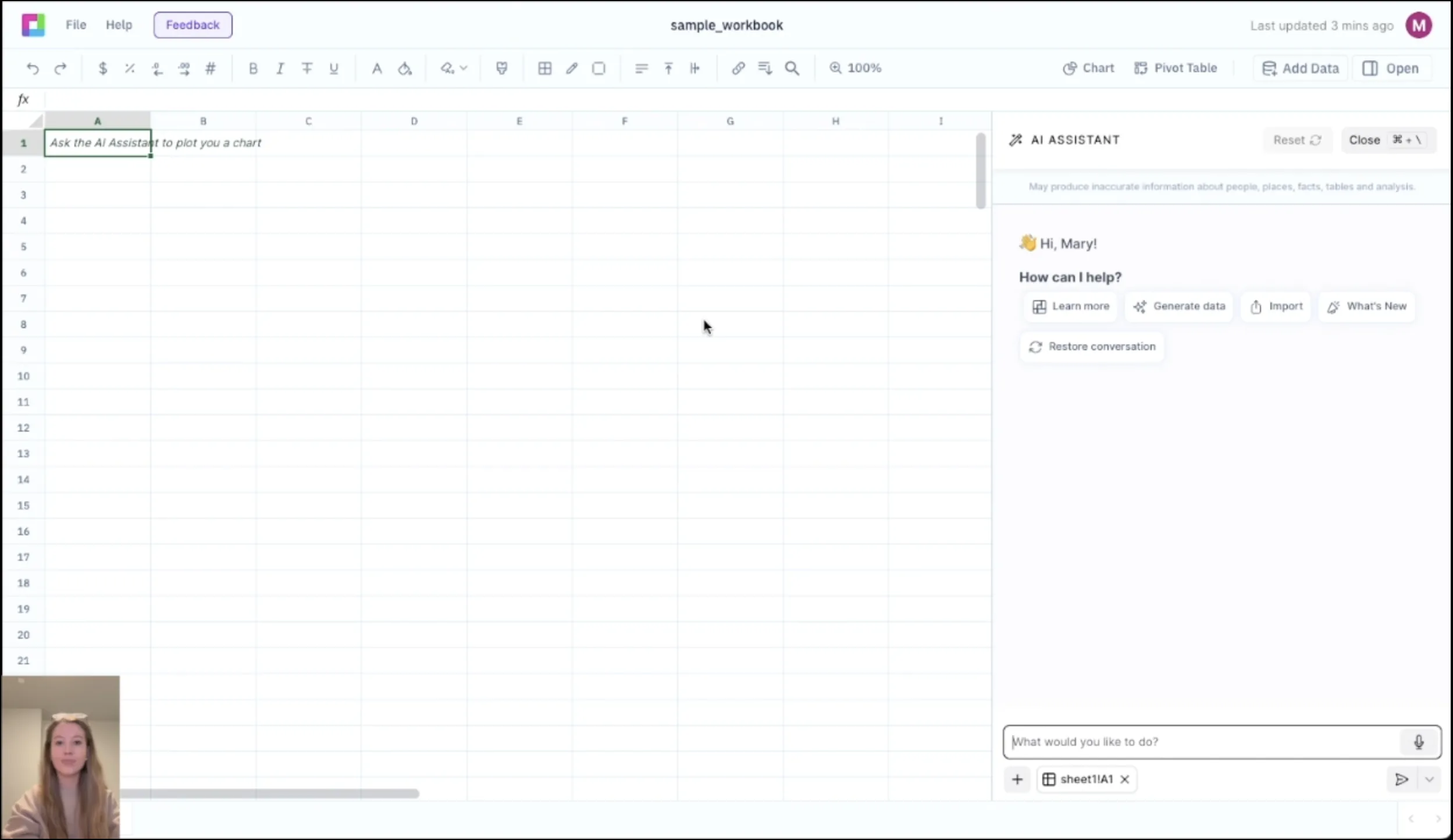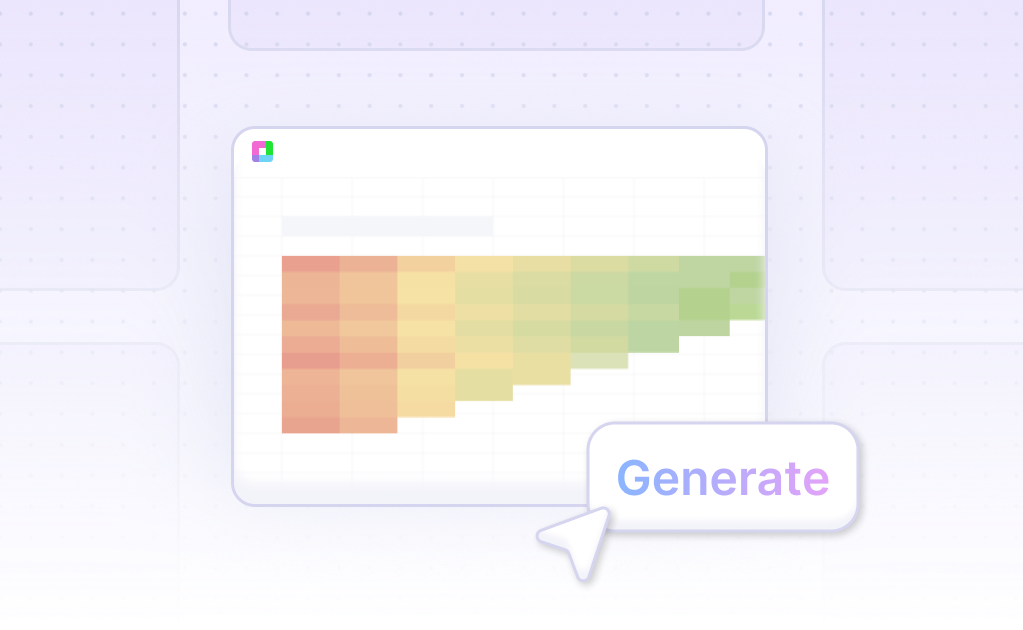
Master Regulatory Capital Management with Professional Analysis Tools
Regulatory capital requirements are fundamental to banking operations, ensuring financial stability and regulatory compliance. Our Regulatory Capital Requirements template provides comprehensive tools to calculate capital ratios, assess risk-weighted assets, and maintain Basel III compliance with institutional-quality frameworks for banking and financial institutions.
From Basel calculations to capital planning, ensure regulatory compliance. Built for risk managers, compliance officers, and banking professionals, this template helps you calculate capital requirements, assess capital adequacy, and maintain comprehensive regulatory capital programs.
Comprehensive Capital Requirements Calculation
Basel III Capital Ratios
Calculate Basel III capital ratios including CET1, Tier 1, and Total Capital ratios. Assess capital adequacy against regulatory minimums and buffer requirements.
Risk-Weighted Assets (RWA)
Calculate risk-weighted assets with credit risk, market risk, and operational risk components. Apply standardized and internal model approaches for RWA calculation.
Capital Conservation Buffer
Assess capital conservation buffer requirements with distribution constraints and capital conservation actions. Monitor buffer depletion and restoration requirements.
Countercyclical Capital Buffer
Calculate countercyclical capital buffer with jurisdiction-specific requirements and credit-to-GDP gap analysis. Assess procyclical capital requirements.
Risk Assessment & Capital Planning
Credit Risk Capital
Calculate credit risk capital with probability of default (PD), loss given default (LGD), and exposure at default (EAD) modeling. Apply foundation and advanced IRB approaches.
Market Risk Capital
Assess market risk capital with value-at-risk (VaR), stressed VaR, and incremental risk charge calculations. Implement standardized and internal model approaches.
Operational Risk Capital
Calculate operational risk capital with basic indicator approach, standardized approach, and advanced measurement approaches. Assess operational risk exposures.
Capital Planning & Stress Testing
Conduct capital planning with stress testing scenarios, capital forecasting, and dividend policy optimization. Assess capital adequacy under adverse conditions.
Frequently Asked Questions
How does it calculate Basel III capital ratios?
The template calculates Basel III capital ratios including CET1, Tier 1, and Total Capital ratios. It assesses capital adequacy against regulatory minimums and buffer requirements comprehensively.
Can it handle risk-weighted assets calculation?
Yes, the template calculates risk-weighted assets with credit risk, market risk, and operational risk components. It applies standardized and internal model approaches for RWA calculation.
How does it assess capital buffers?
The template assesses capital conservation and countercyclical buffers with distribution constraints and jurisdiction-specific requirements. It monitors buffer depletion and restoration requirements.
Does it include stress testing?
The template includes capital planning with stress testing scenarios, capital forecasting, and dividend policy optimization. It assesses capital adequacy under adverse conditions.
How does it handle different risk types?
The template calculates capital for credit, market, and operational risks using appropriate methodologies including IRB, VaR, and advanced measurement approaches.
Related Banking Tools
Connect your most-used data sources and tools to Sourcetable for seamless analysis.
Frequently Asked Questions
If you question is not covered here, you can contact our team.
Contact Us





